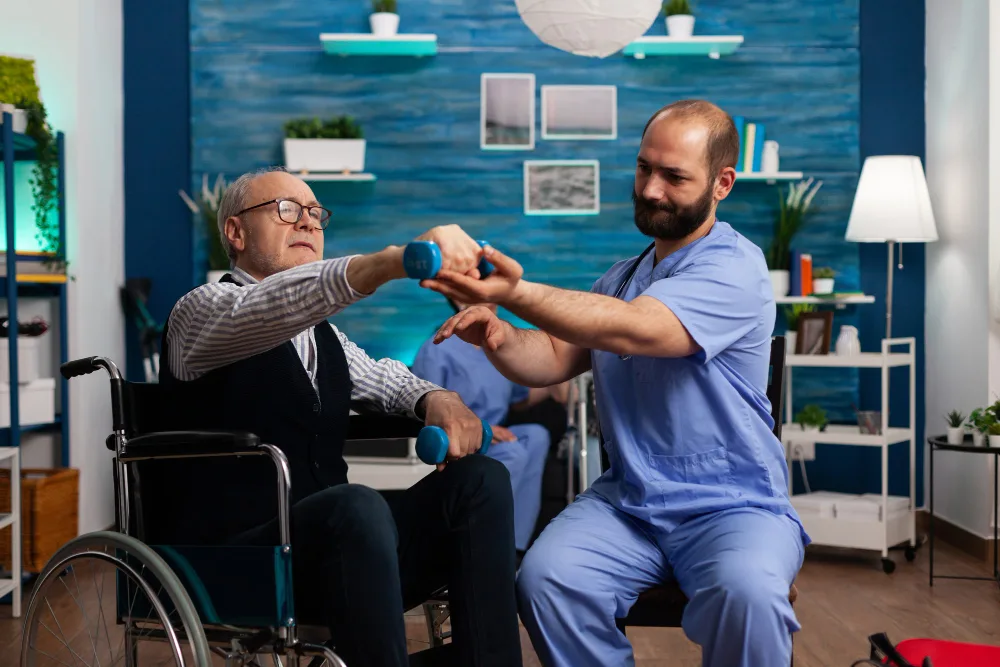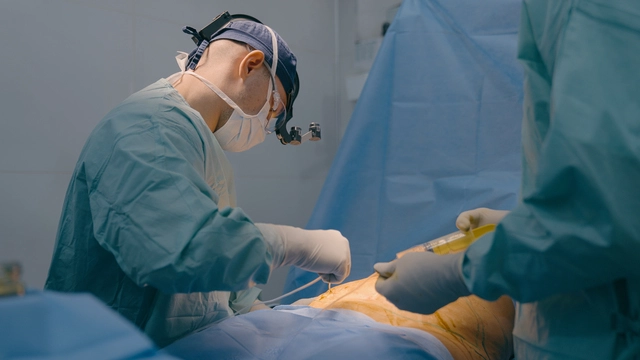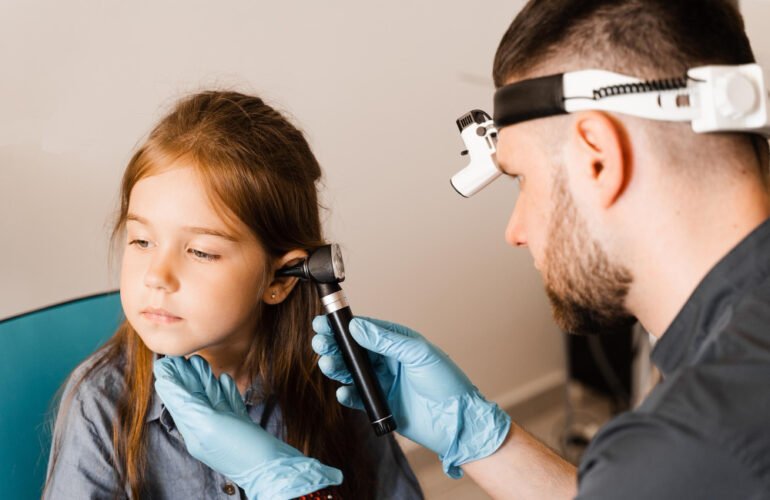Musculoskeletal health is central to everyday movement, mobility, and quality of life. From minor sprains to chronic joint pain, orthopaedic conditions affect millions of people of all ages. Yet, many individuals delay seeking medical attention—often due to a lack of awareness or underestimating the seriousness of symptoms.
In this blog, we explain five of the most common orthopaedic conditions, their causes, symptoms, and available treatments, so you can better understand when to seek help and how to manage your bone and joint health.
1. Osteoarthritis
Osteoarthritis (OA) is the most common form of arthritis, particularly affecting older adults. It is a degenerative joint disease where the cartilage (the cushion between bones) gradually wears down, causing pain and stiffness.
Commonly Affected Areas:
- Knees
- Hips
- Hands
- Spine
Symptoms:
- Joint pain that worsens with movement
- Stiffness, especially in the morning
- Swelling or tenderness
- Limited range of motion
Treatment Options:
- Pain relief medications (NSAIDs)
- Physiotherapy and strengthening exercises
- Weight management
- Viscosupplement injections
- Joint replacement surgery in advanced cases
Tip: Early diagnosis and lifestyle changes can significantly slow disease progression.
3. Tennis Elbow (Lateral Epicondylitis)
Despite its name, tennis elbow can affect anyone who repetitively strains the forearm muscles, not just athletes. It involves inflammation of tendons around the outer elbow.
Causes:
- Repetitive arm and wrist movement
- Strain from lifting, typing, or sports
- Improper technique during physical activities
Symptoms:
- Pain or burning on the outer part of the elbow
- Weak grip strength
- Worsening pain with forearm activity
Treatment Options:
- Rest and activity modification
- Elbow braces
- Ice therapy and anti-inflammatory medication
- Physiotherapy
- In severe cases, PRP therapy or surgery
Tip: Ignoring early signs can lead to chronic tendon damage.
4. Lower Back Pain
One of the most frequent orthopaedic complaints, lower back pain can stem from muscle strain, disc issues, or spinal conditions. It may be acute (short-term) or chronic (lasting more than 3 months).
Common Causes:
- Muscle or ligament strain
- Herniated disc
- Spondylosis (age-related wear and tear)
- Poor posture or sedentary lifestyle
- Spinal stenosis
Symptoms:
- Dull or sharp pain in the lower back
- Stiffness and limited movement
- Pain radiating to the legs (sciatica)
- Numbness or tingling
Treatment Options:
- Pain relief medications
- Physical therapy
- Core strengthening and posture correction
- Epidural steroid injections
- Surgery in severe or persistent cases
Tip: Regular exercise and ergonomics can prevent recurrence.
5. Ligament Injuries (ACL Tear)
Ligament injuries, especially of the Anterior Cruciate Ligament (ACL) in the knee, are common among athletes and active individuals. These injuries occur when the ligament is overstretched or torn due to sudden movements.
Common in:
- Football, basketball, cricket, and skiing
- Sudden stops or changes in direction
- Incorrect landing from jumps
Symptoms:
- A popping sound at the time of injury
- Knee swelling and instability
- Difficulty bearing weight
- Loss of full range of motion
Treatment Options:
- RICE (Rest, Ice, Compression, Elevation) protocol in early stages
- Knee braces and physiotherapy
- Surgical reconstruction for complete tears
- Post-op rehabilitation to regain strength and function
Tip: Early evaluation by an orthopaedic specialist improves outcomes significantly.
Conclusion
Orthopaedic conditions are not just age-related — they can affect anyone due to lifestyle, injury, or underlying health conditions. Ignoring symptoms can lead to long-term complications, reduced mobility, or chronic pain.
If you’re experiencing joint pain, stiffness, or reduced mobility, it’s important to consult a qualified orthopaedic specialist who can diagnose the issue accurately and recommend the best course of treatment.




